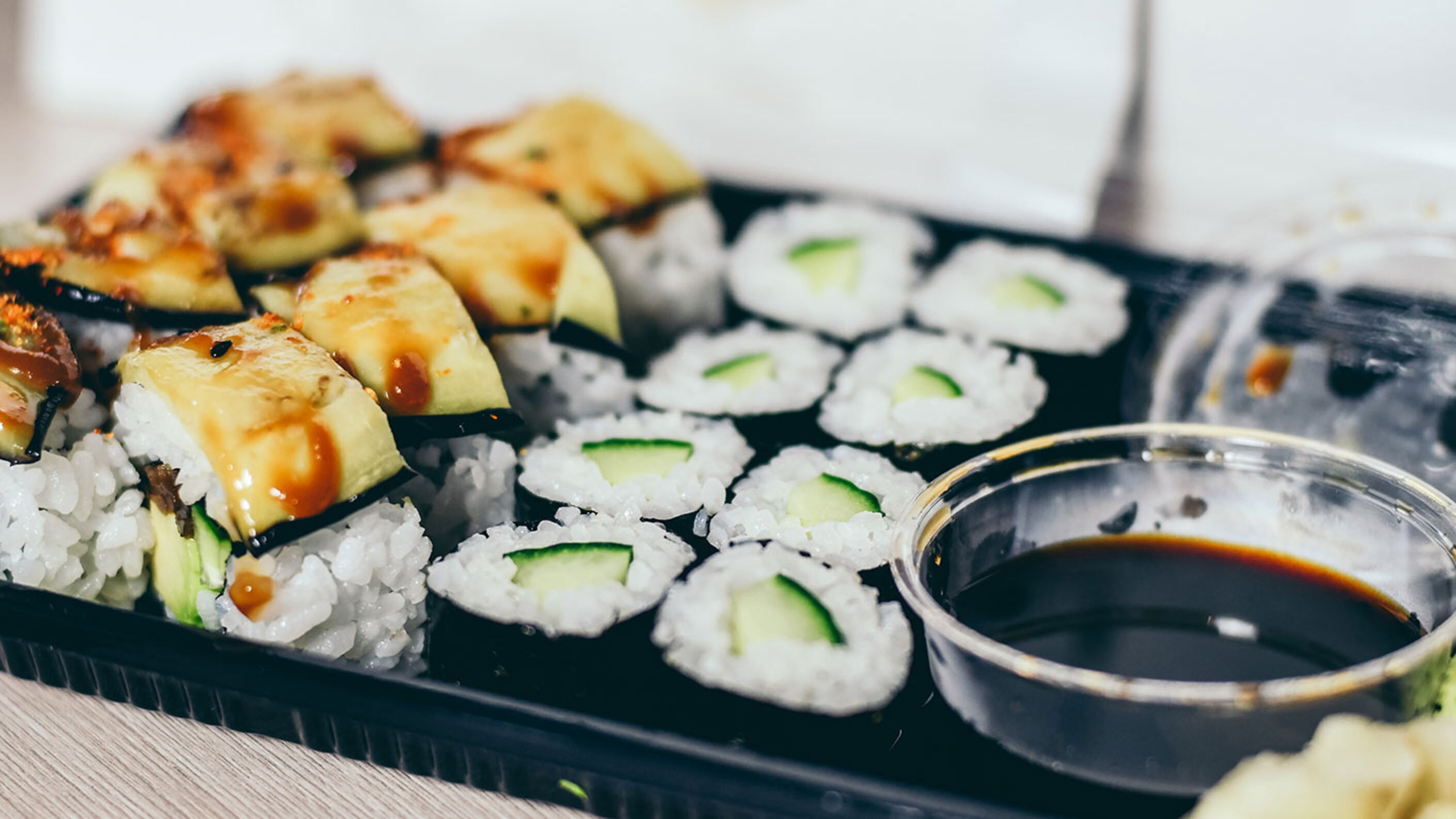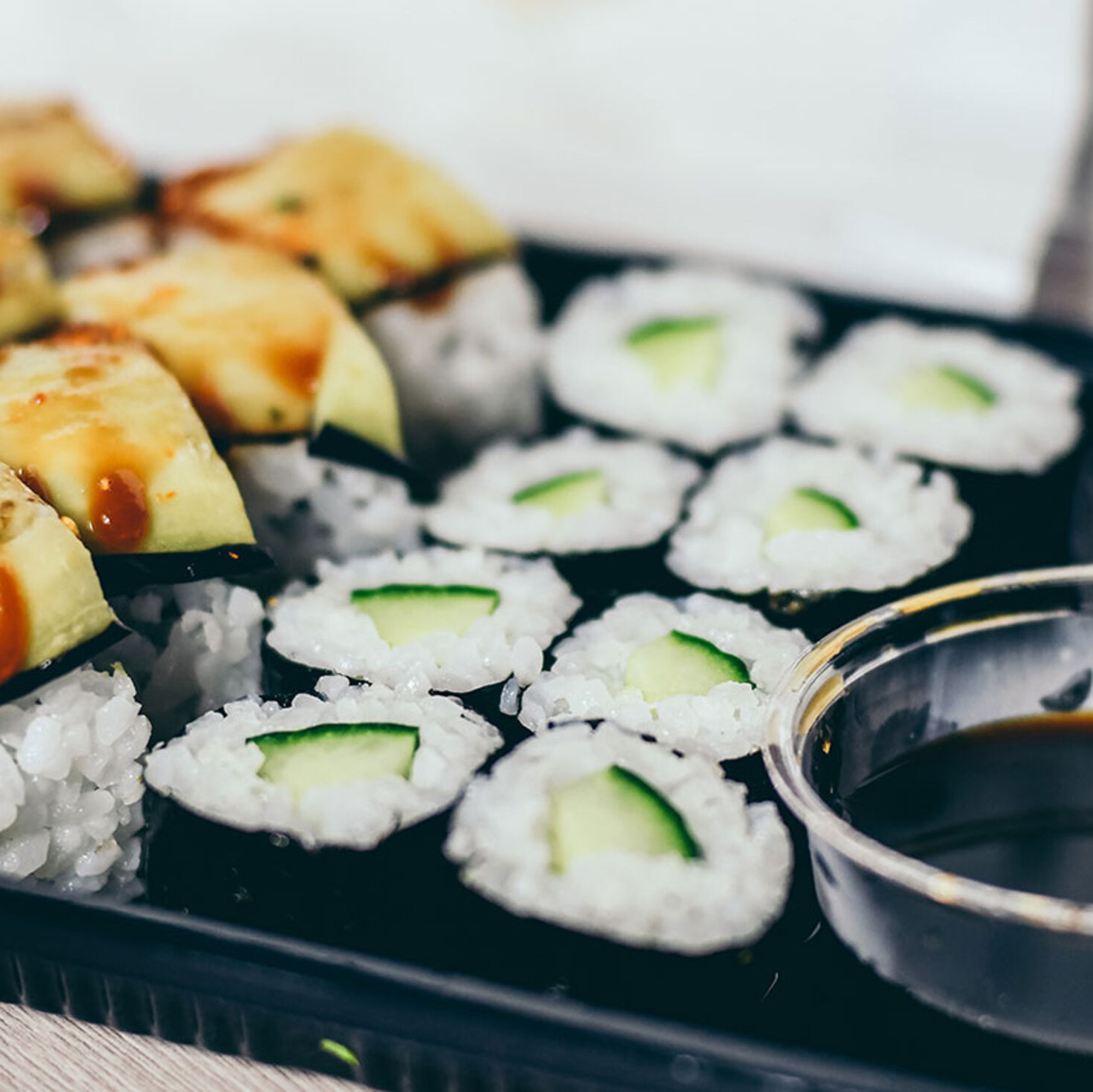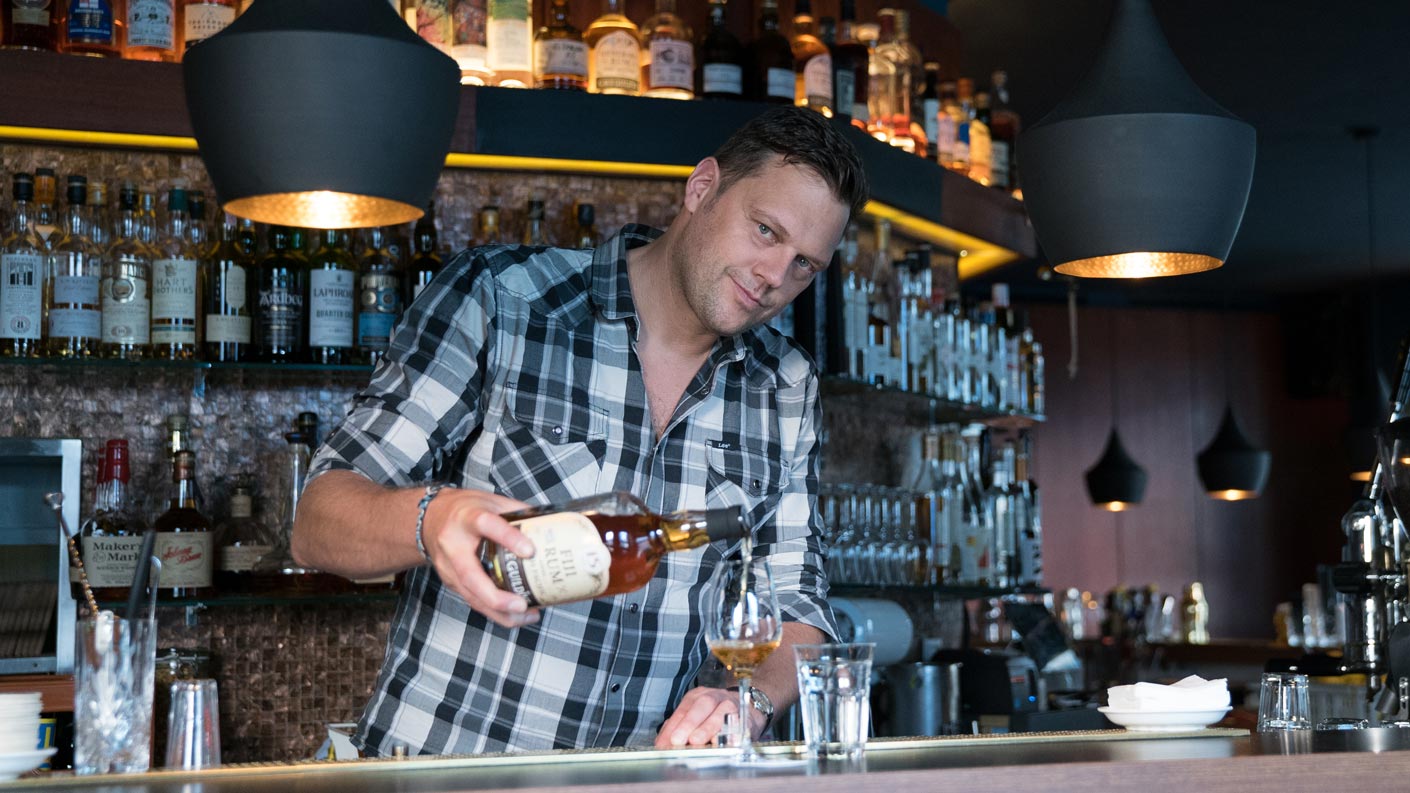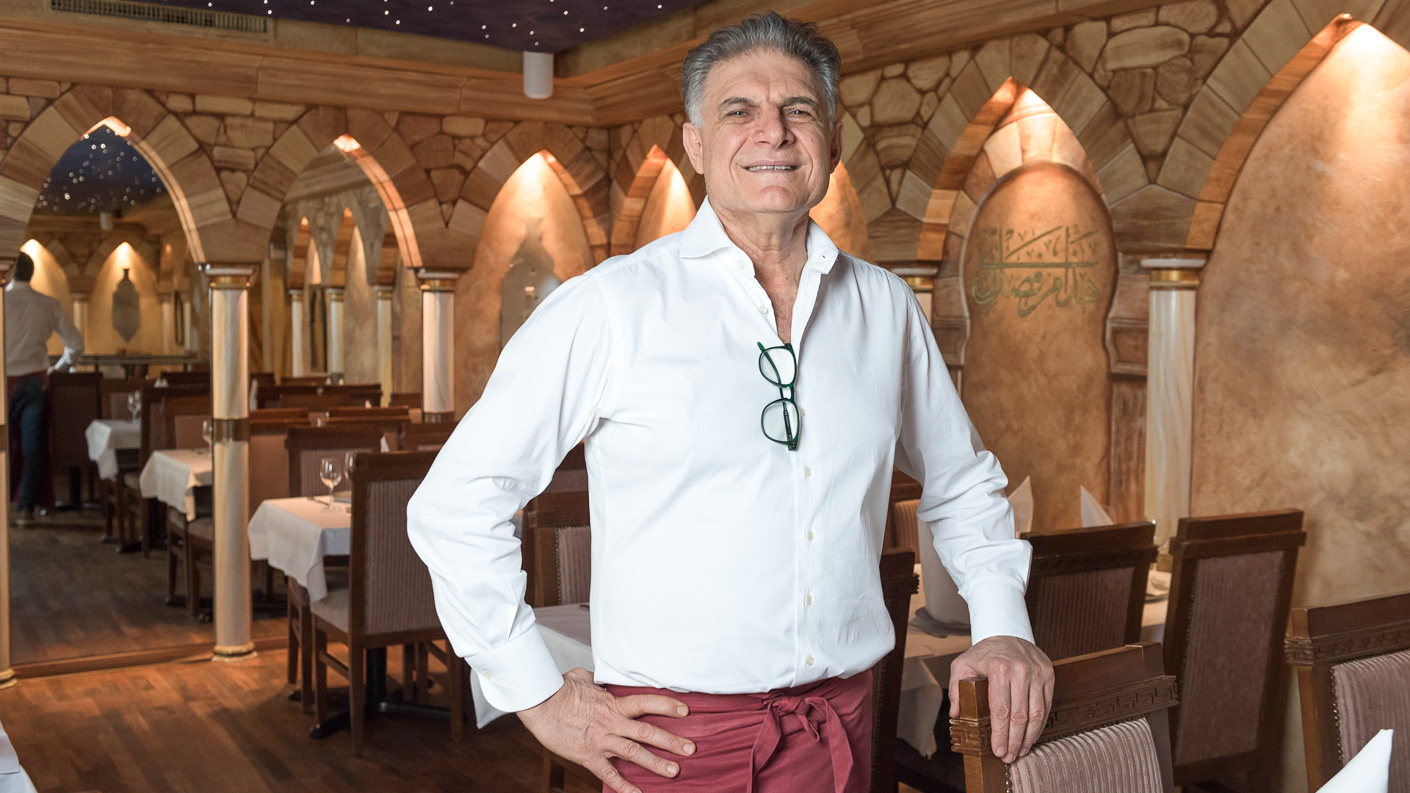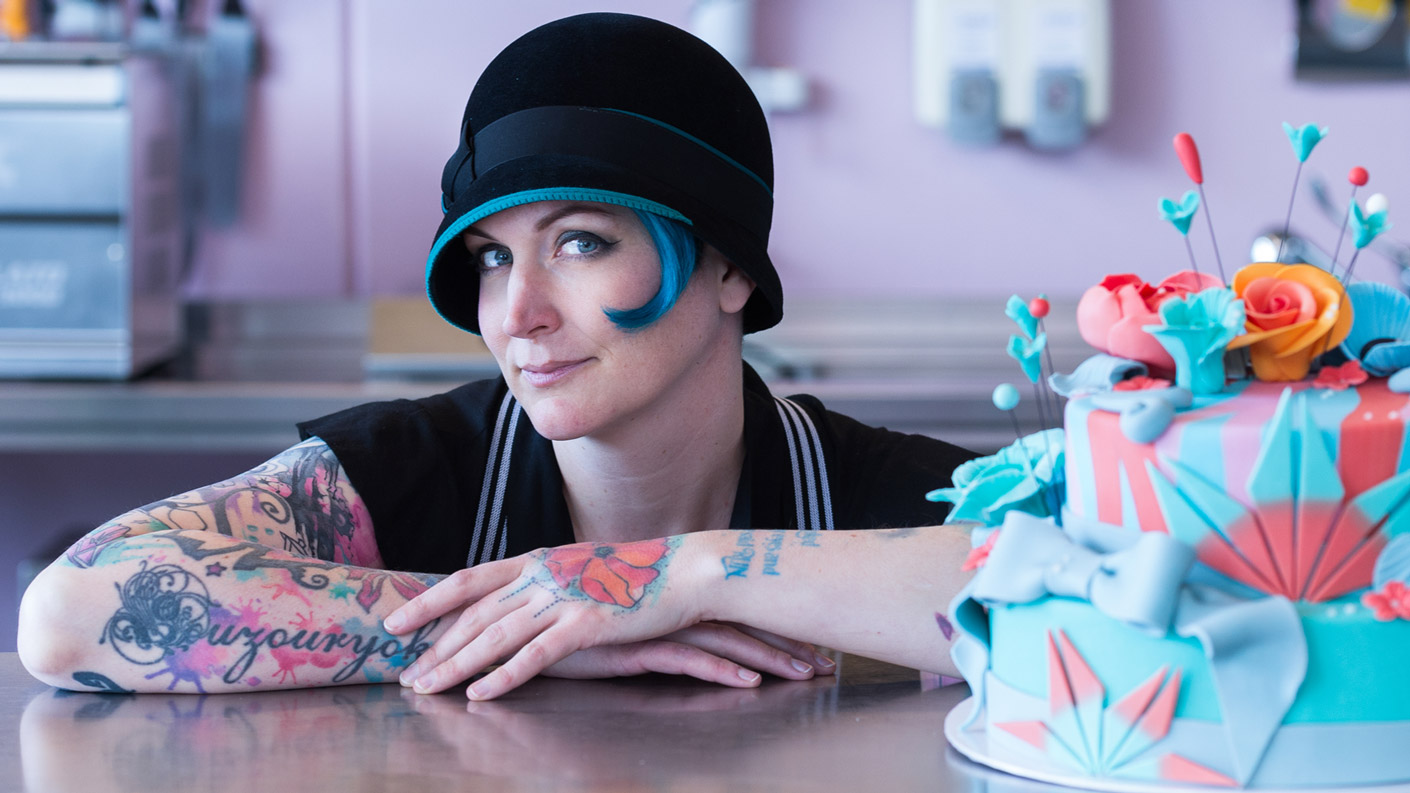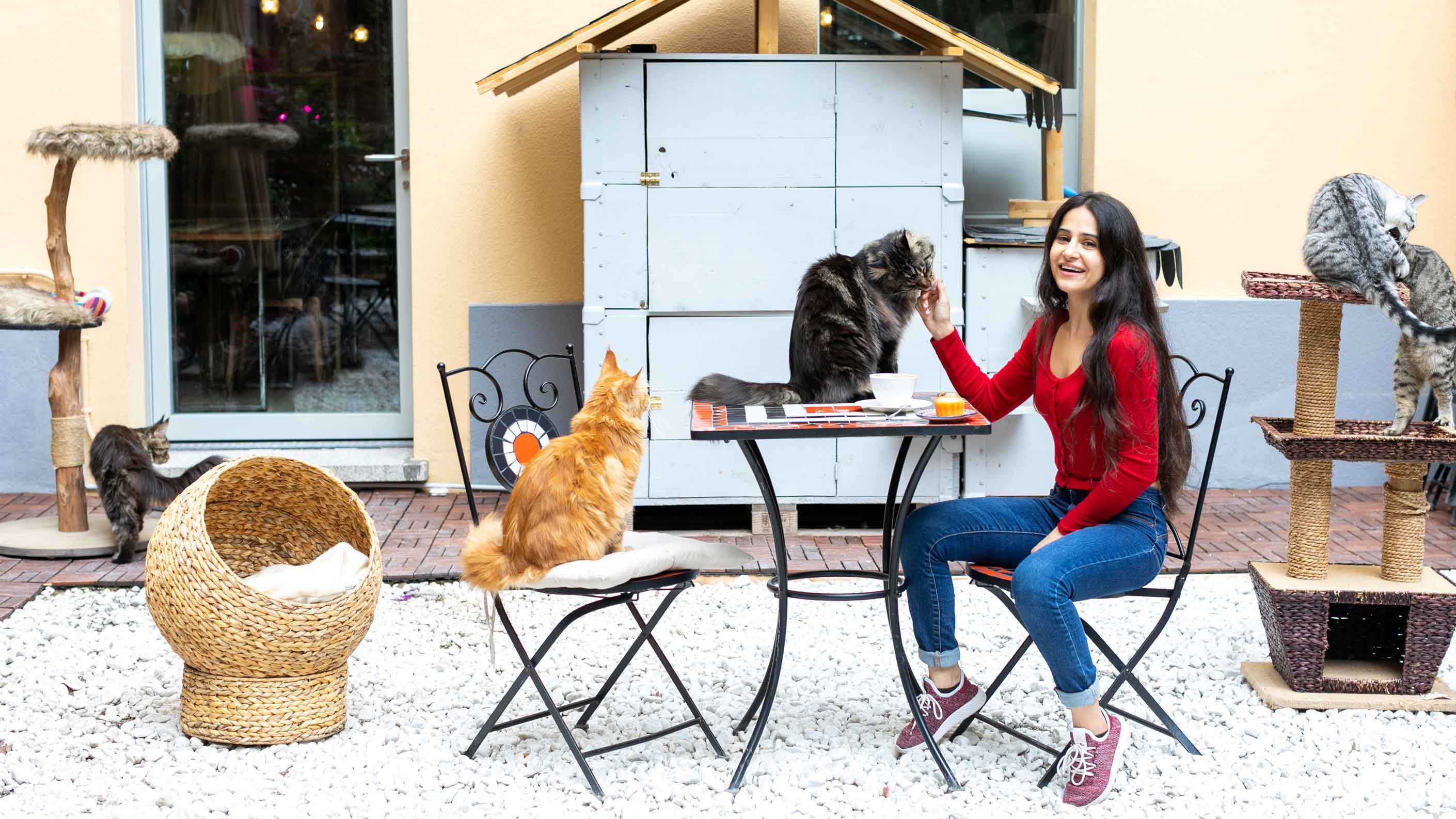A few tips for finding good sushi
Our food columnist believes that not all sushi is equal. Join us for a short tour through Zurich’s rice-rolling scene with some stop-offs at the best restaurants – from the chain on Bahnhofstrasse to the insider secret in district 4.
Where do you go in Zurich when you want good sushi in an authentic setting? A few places spring to mind. Starting with Kokoro on Neufrankengasse. The hosts of this delightful restaurant situated inside an old district 4 worker’s house don’t have great German, but they know how to welcome their guests. The chef’s creativity wins over guests as much as the polite hospitality of the team – Japanese classics are reinvented or crisped up in a deep fat fryer. The raw ingredients are of the highest quality and the rice in the Nigiri pieces is always light and grainy.
So, clearly the quick-setting concrete mixed together with some fish and served in plastic trays that you can buy at supermarkets is not proper sushi.
I am sure that even Julien Walther, the writer behind my favourite food blog ‘troisetoiles.de’, would have no complaints about the rice in Kokoro. Walther believes that the mouthfeel is more important that the taste or flavours when it comes to eating good Nigiri: ‘How big the mouthful is; how you have to use your teeth and tongue to break down the piece; the temperature and textures of the components: all of this affects the sensation on the palate.’ So, clearly the quick-setting concrete mixed together with some fish and served in plastic trays that you can buy at supermarkets is not proper sushi. Walther continues: ‘The most important thing about Nigiri is not the fish, but the rice. After all, it is the rice that makes up the bulk of every bite and its grain, firmness, stickiness, moistness, acidity, temperature and surface texture are what determine the experience on the palate.’
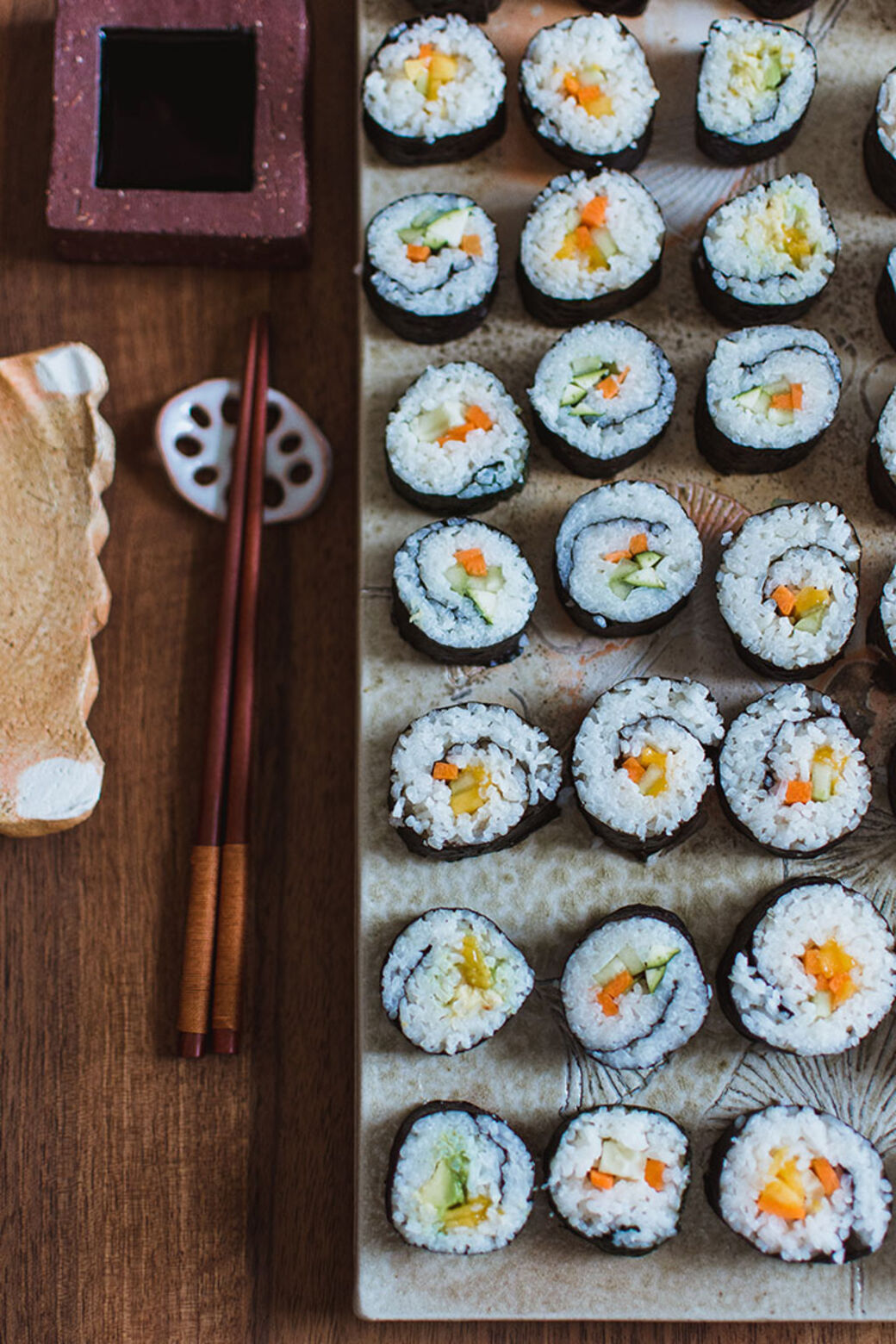
My second old faithful is Bimi in district 8. Excellent ingredients that are lovingly prepared and a varied selection including sushi and sashimi as the main highlight. Minus points for the somewhat characterless interior; but it is similar to something you might find in Tokyo. Japanese people eat in Bimi. This is the surest sign that the food is done right.
Sala of Tokyo on Limmatstrasse was once the benchmark for sushi in Zurich. Owners Ernst Ruch and his wife Sala have shown two generations of fans of Japanese cuisine how the minimalist combination of fish and rice should taste. The Sala is now located in the former Restaurant Sein near Bahnhofstrasse. I haven’t had the heart to eat at the new site yet because I will sorely miss the cosy atmosphere, the blunt cries of ‘Irasshaimase’ from the staff and the smell of the charcoal grill on Limmatstrasse.
The new Sala is also situated right next to a branch of the Asian chain restaurant Yooji’s, which belongs to the Zurich restaurant giant TwoSpice (a turnover of around 70 million; Coop owns a minority stake in TwoSpice). The contrast just seems odd. Don’t get me wrong, I often find myself in Yooji’s because its popularity means that the fish is always extremely fresh. And I know from personal conversations with the bosses of TwoSpice that they are keen to make their operations as sustainable as possible. There is a good balance between quality and price.
A wild card is Shinsen on Staffelstrasse at Giesshübel station.
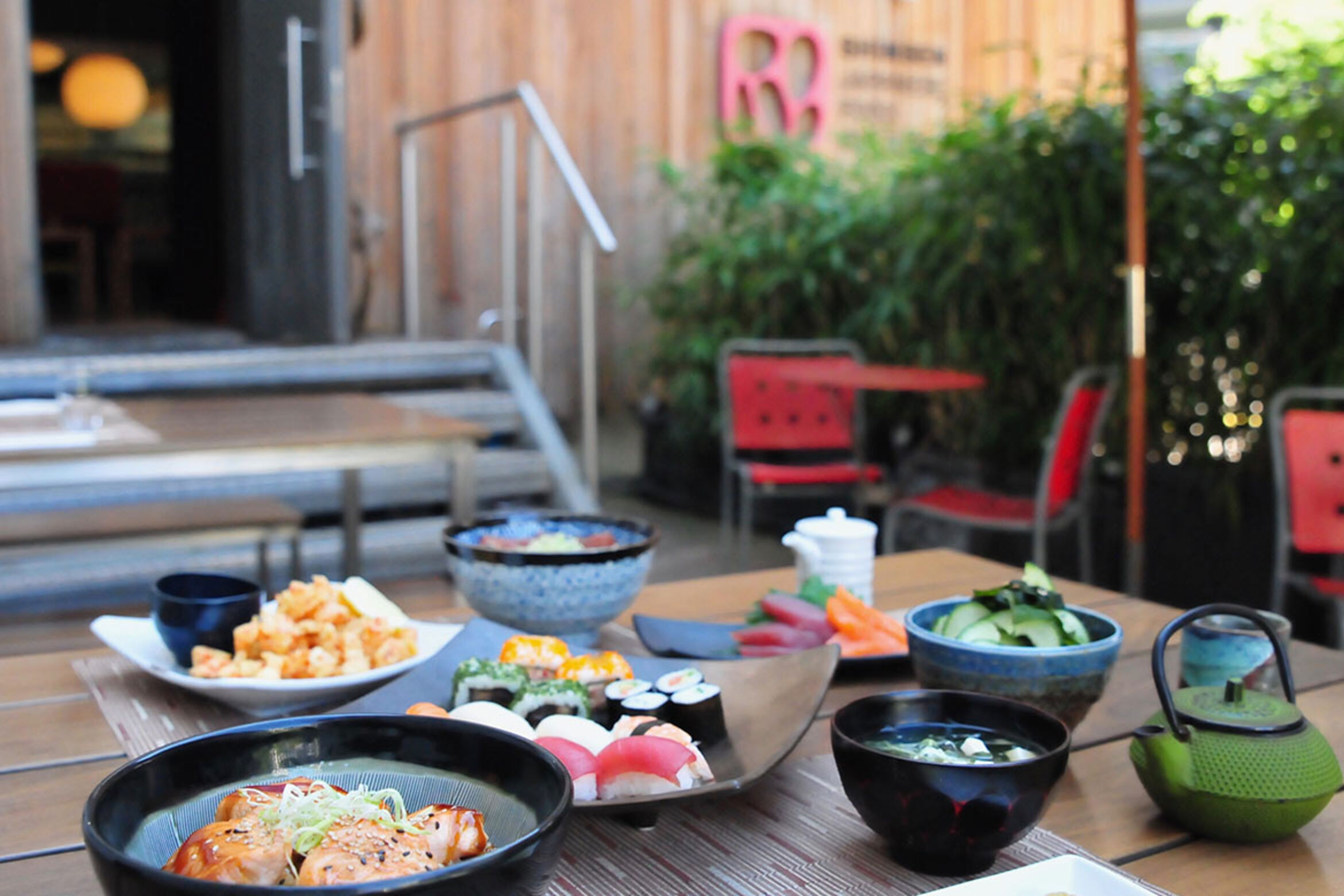
Sushi at Shinsen (Photos: Pille Riin Priske / Klara Avensik / Shinsen / Niclas Illg)
Edomae on Talstrasse is another insider favourite like Kokoro. It serves modern dishes for lunch and in the evening you should go ‘Omakase’ – in other words, leave it up to the chef.
The same people who run Kokoro opened a second restaurant on Werdstrasse, Yu-An, but when I visited with high hopes, I was sadly disappointed. It must be something to do with the atmosphere of a place when the ‘original’ just seems to taste better.
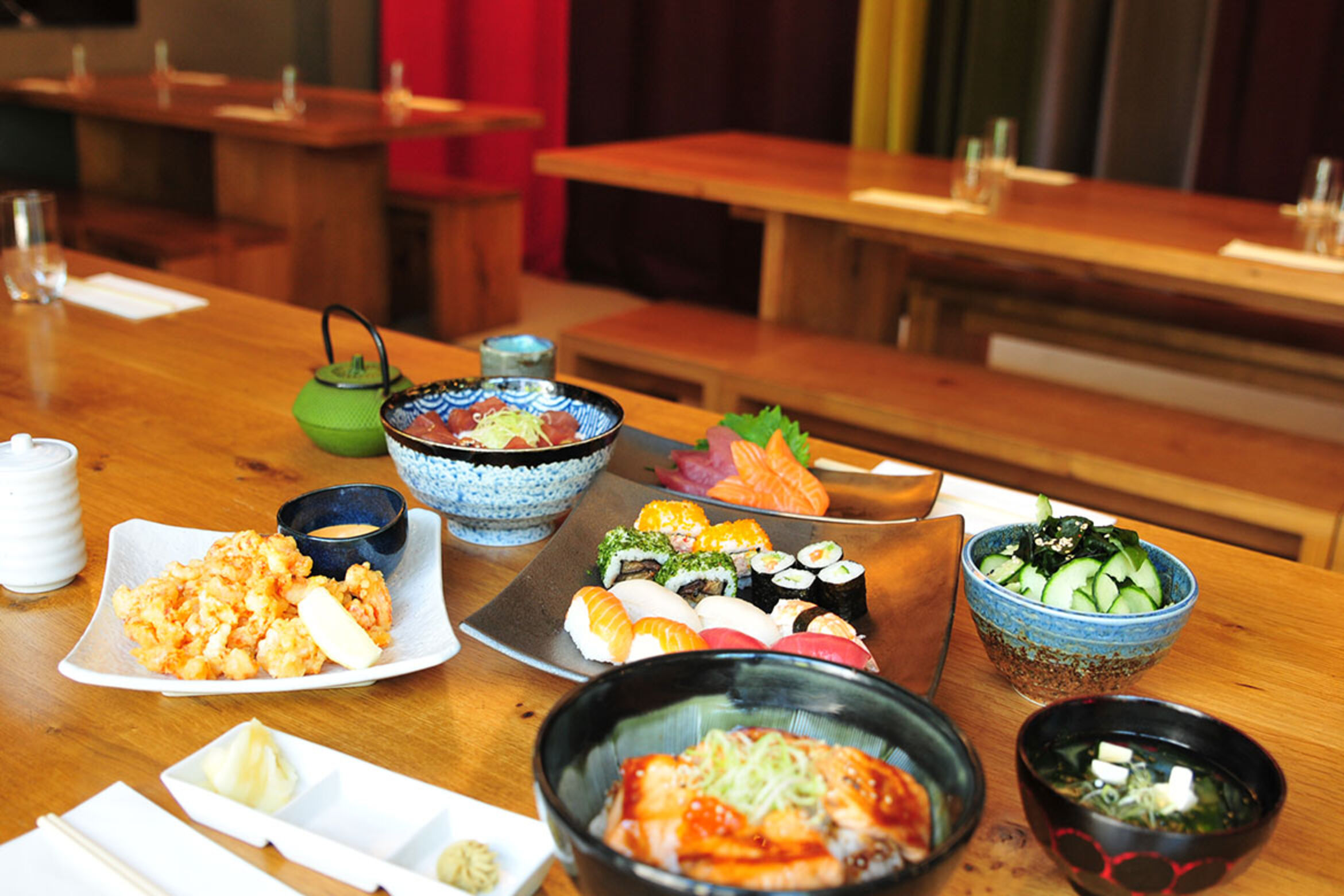
A wild card is Shinsen on Staffelstrasse at Giesshübel station. Shinsen is a sushi factory with 60 employees. It supplies retailers, and its direct delivery service via eat.ch is an important branch of the business. The restaurant connected to the factory in the newly converted industrial area on Staffelstrasse showcases a rarely seen aspect of the city of Zurich. Considering the combination of price and quality, I would include Shinsen among my top favourites – call me uncultured all you like.
A Kaiten (conveyor belt) serving fresh sushi and donburi occupies the front space of Ginger in district 8, and there is a proper restaurant with tables in the back. While the quality of the new-style sushi from the Kaiten is perfectly acceptable, I sense that the operators are investing more in the other dishes. It’s also worth mentioning the cosy sake bar that is attached to the restaurant – two or three glasses of sake and a few Nigiri from the Kaiten make for an excellent evening.
Japanese people eat in Bimi. This is the surest sign that the food is done right.
If you want something a bit more upmarket, you have to try Sushi Shin, which is tucked away in Zinnengasse at Münsterhof. It is run by a Chinese chef who is as affluent as she is talkative – Arimura Kenichi used to work in the legendary Ryokan Hasenberg in Dietikon. The manager exclusively buys wild-caught fish – this comes at a price. An ‘Omakase’ lunch will set you back around 350 Swiss francs (sake included), but the guilty conscience about oceans being fished empty and the terrible carbon footprint comes for free. The quality is reflected in the price – I know that most people will think this is absurd. But, dear readers, luckily for you, I made this sacrifice for you.
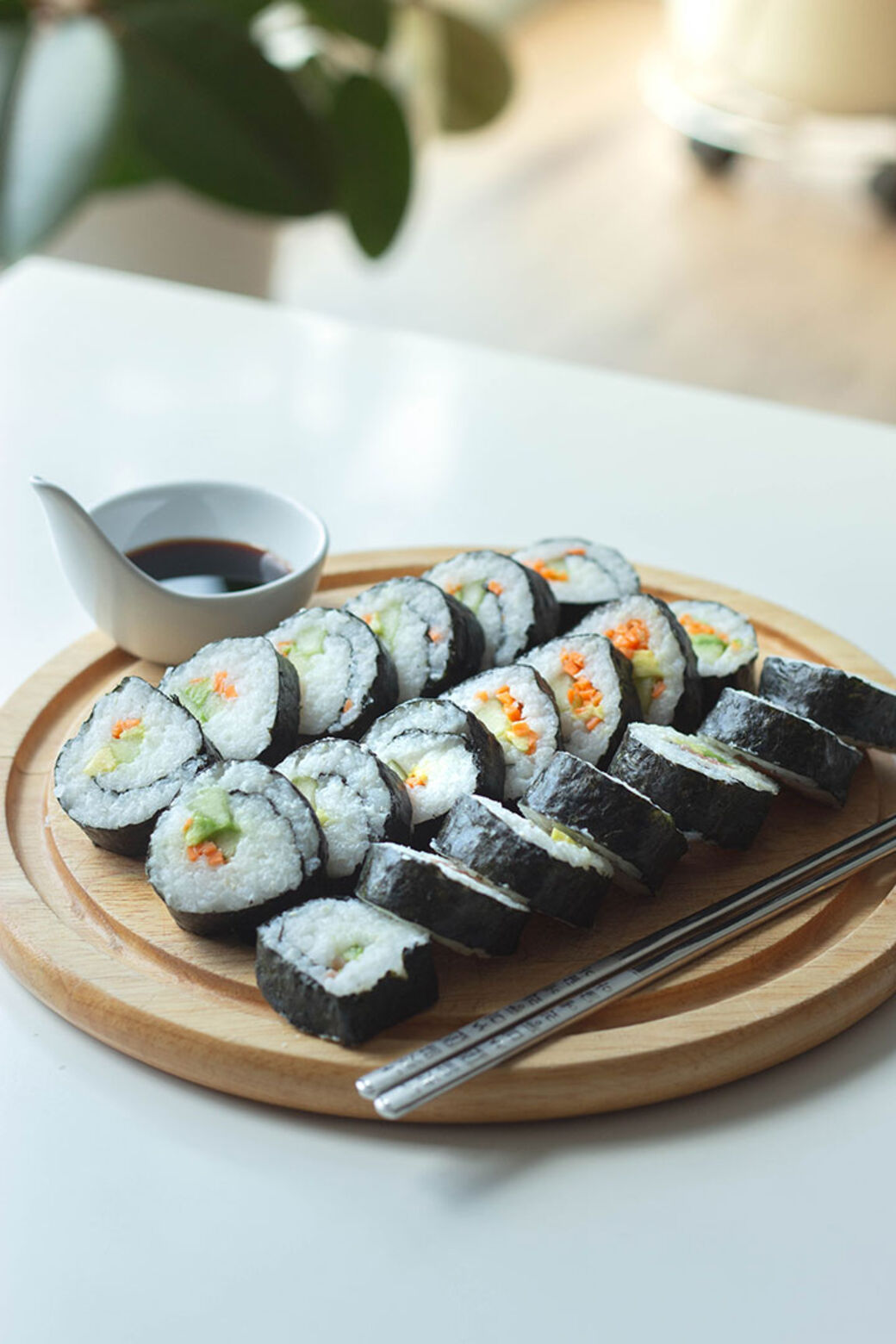
Just one final tip: If you want to cook Japanese food at home, you need good ingredients and a variety of mature soy sauces (steer clear of industrially manufactured sauces that only contain salt and caramel – always look at the list of ingredients!). I recommend the Nishi Japan Shops (part of the Bimi/Saku complex) at Schaffhauserstrasse 120 and Falkenstrasse 26, as well as Shinawazen at Zwinglistrasse 11.
